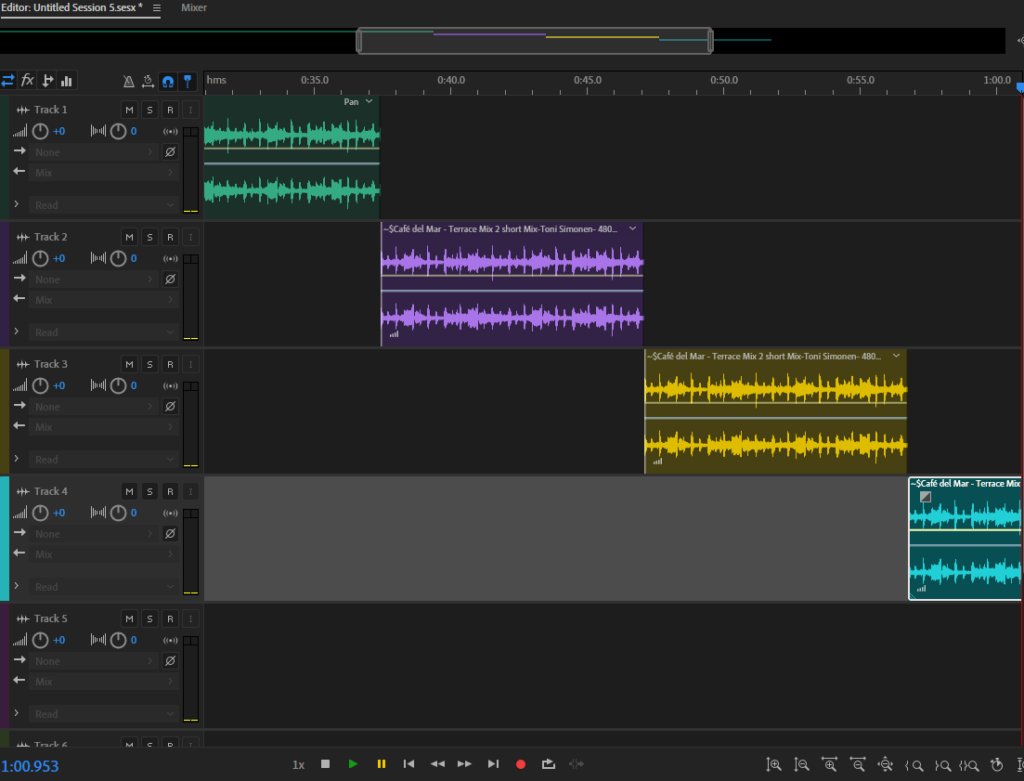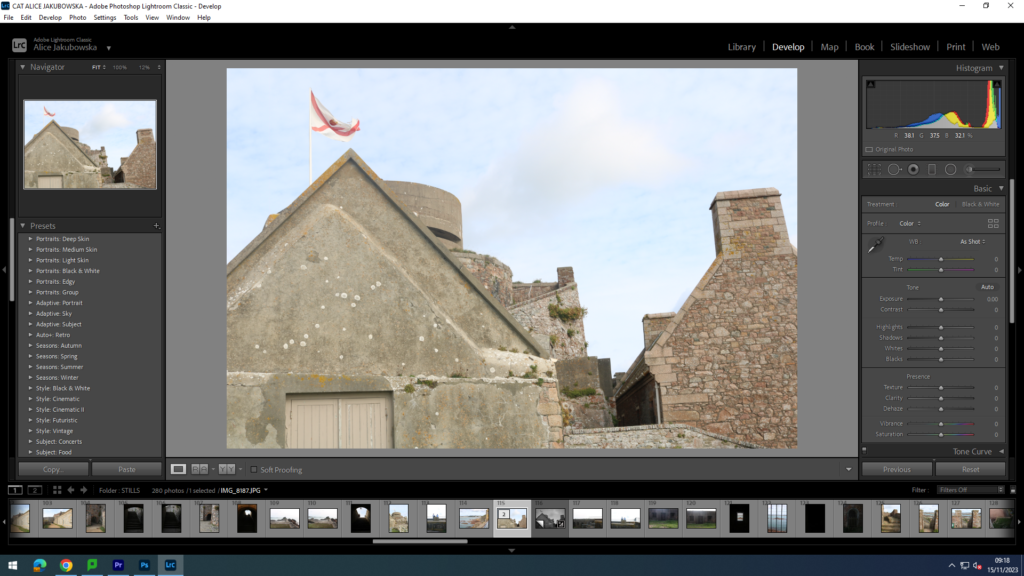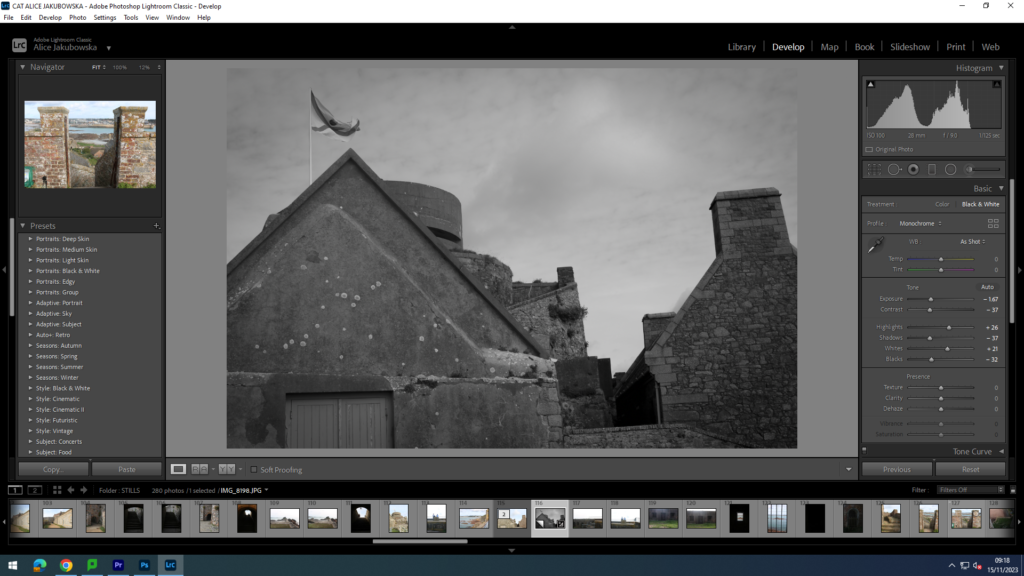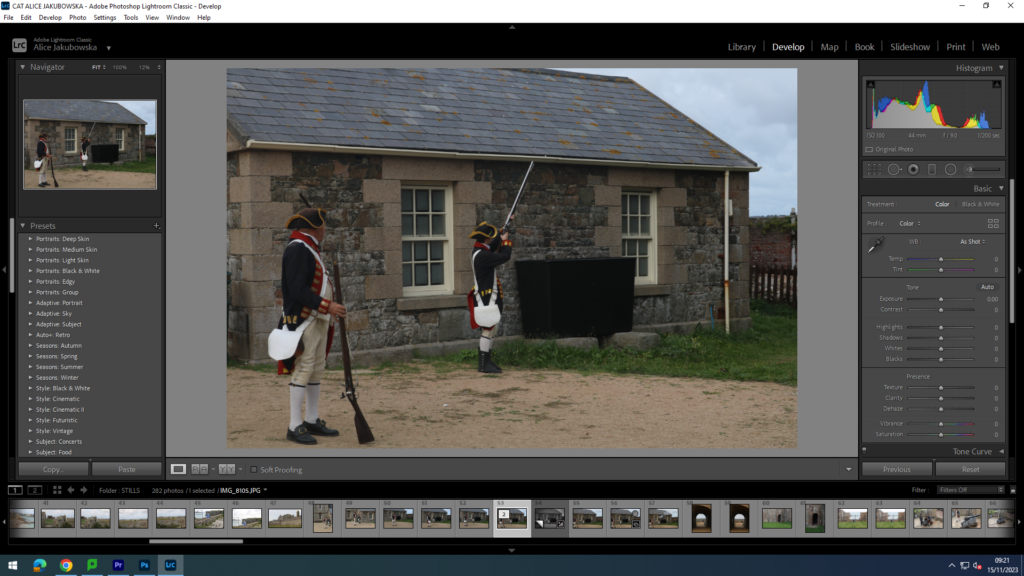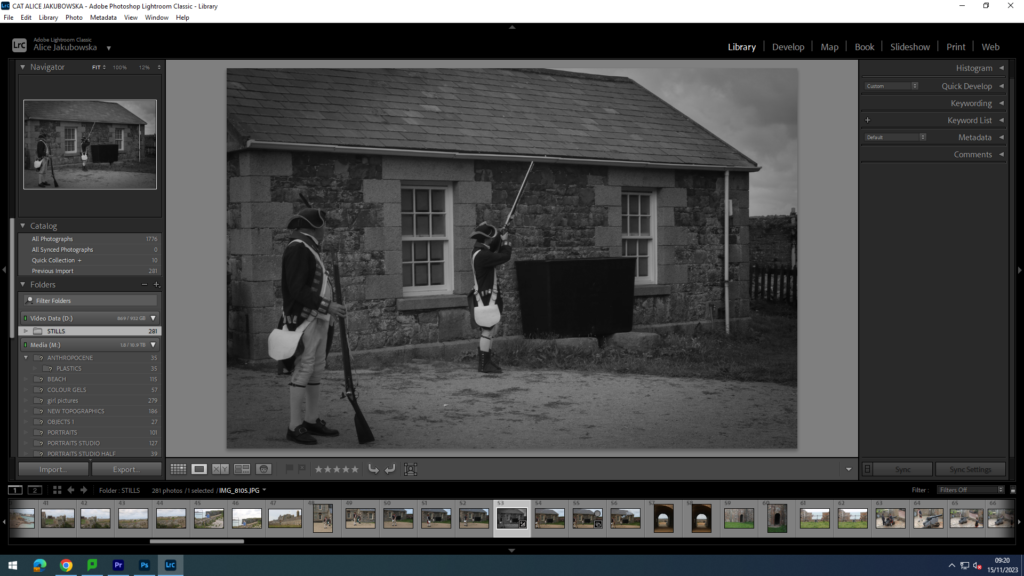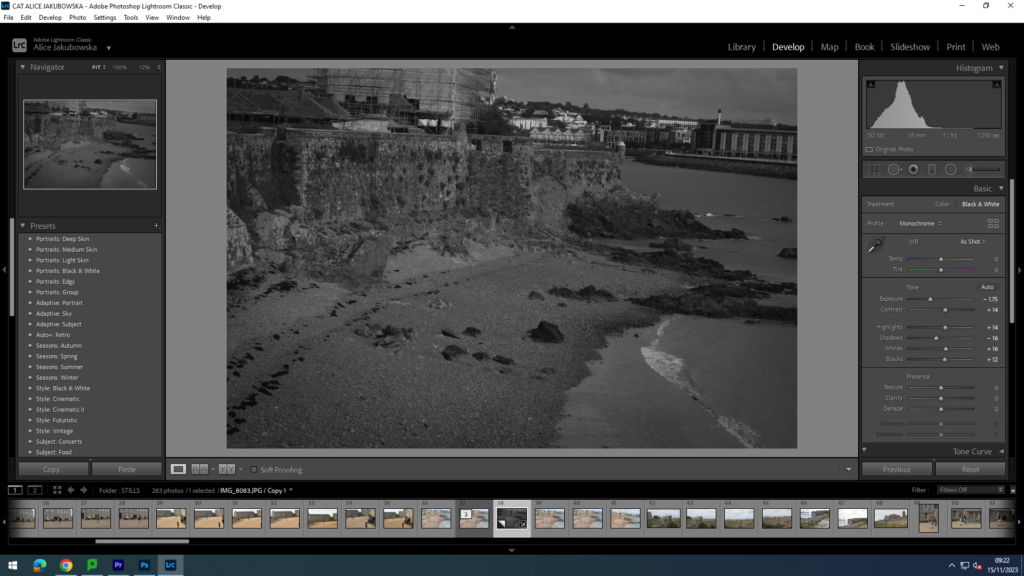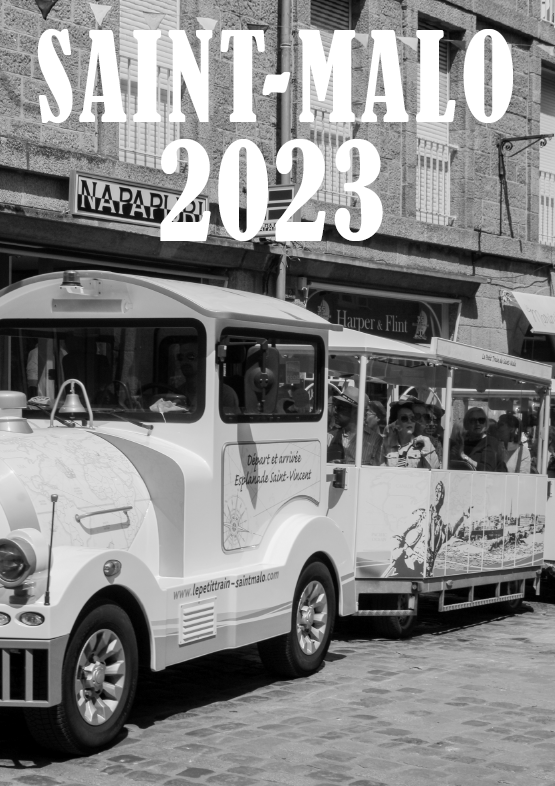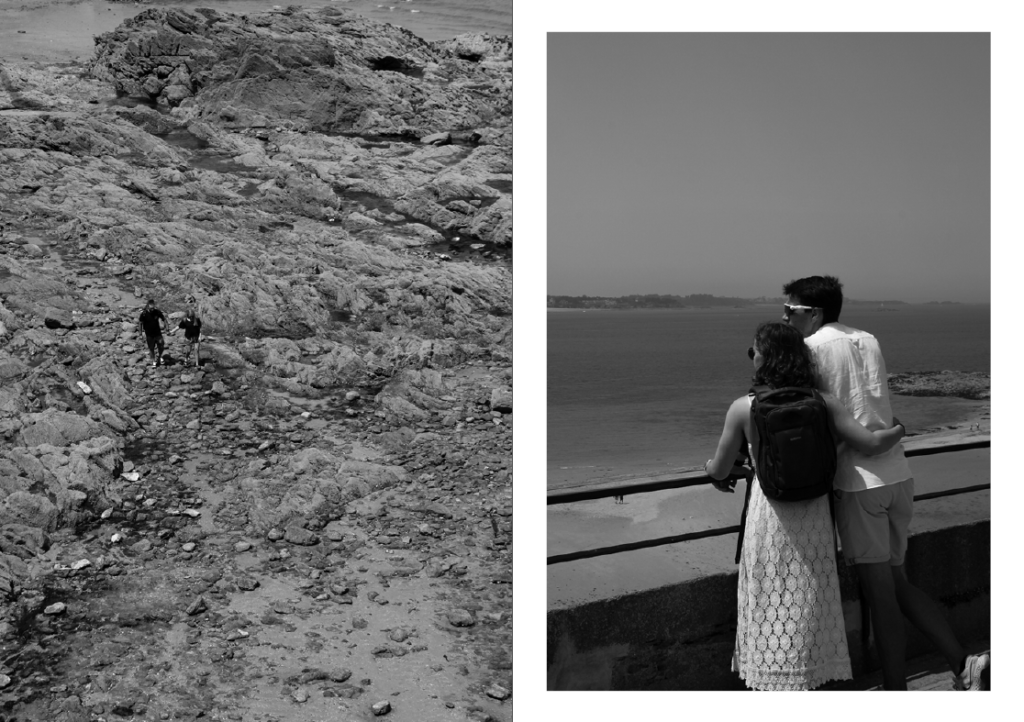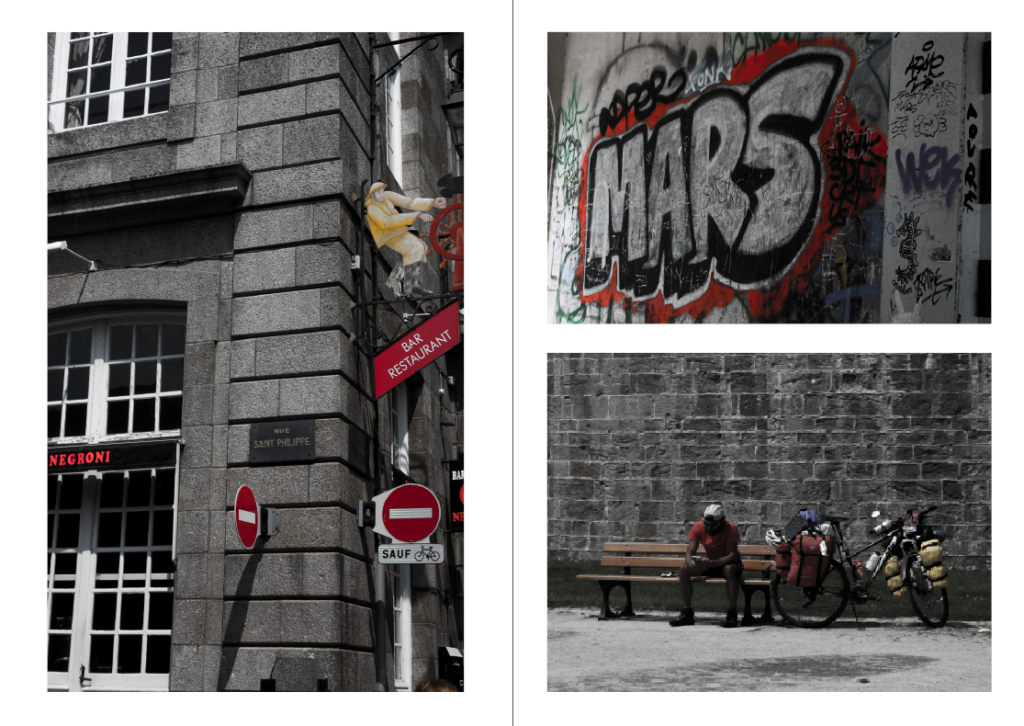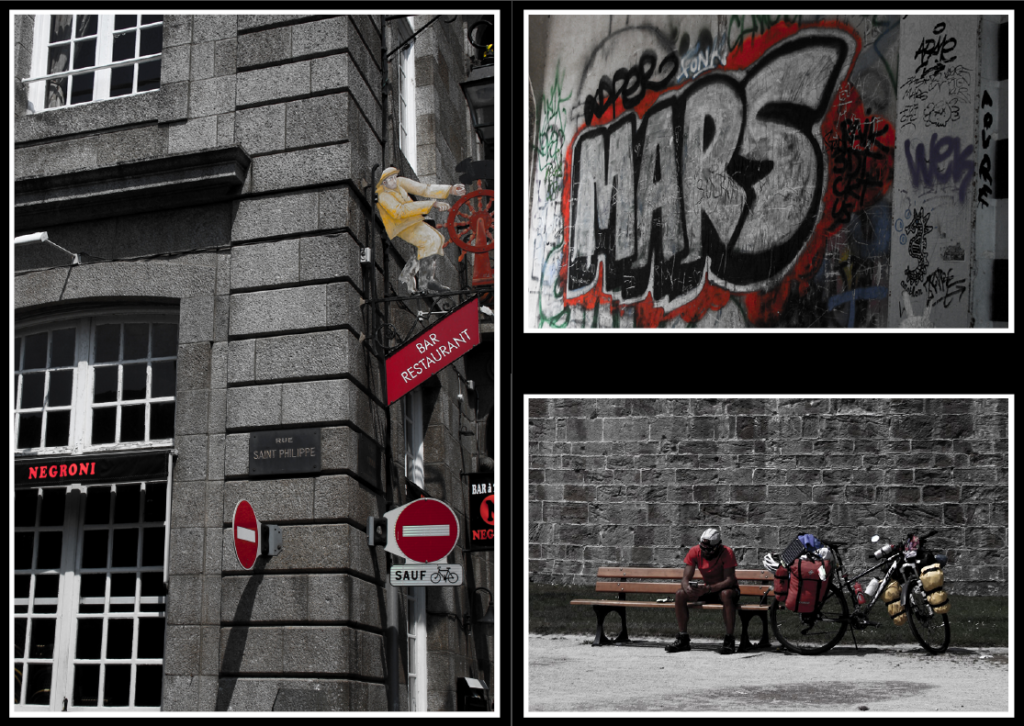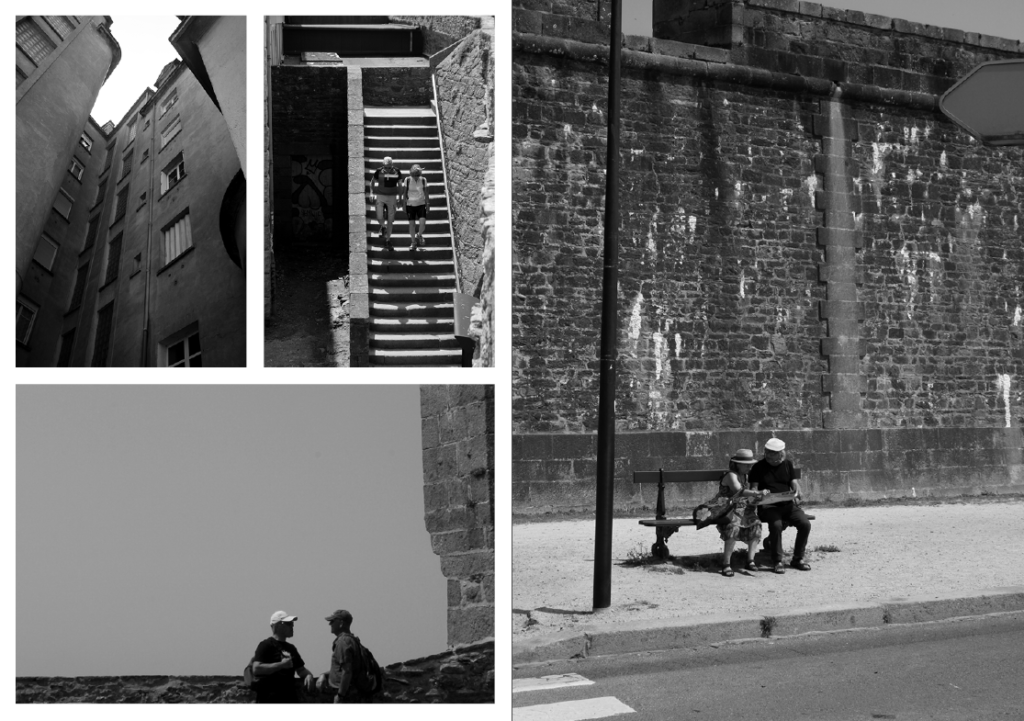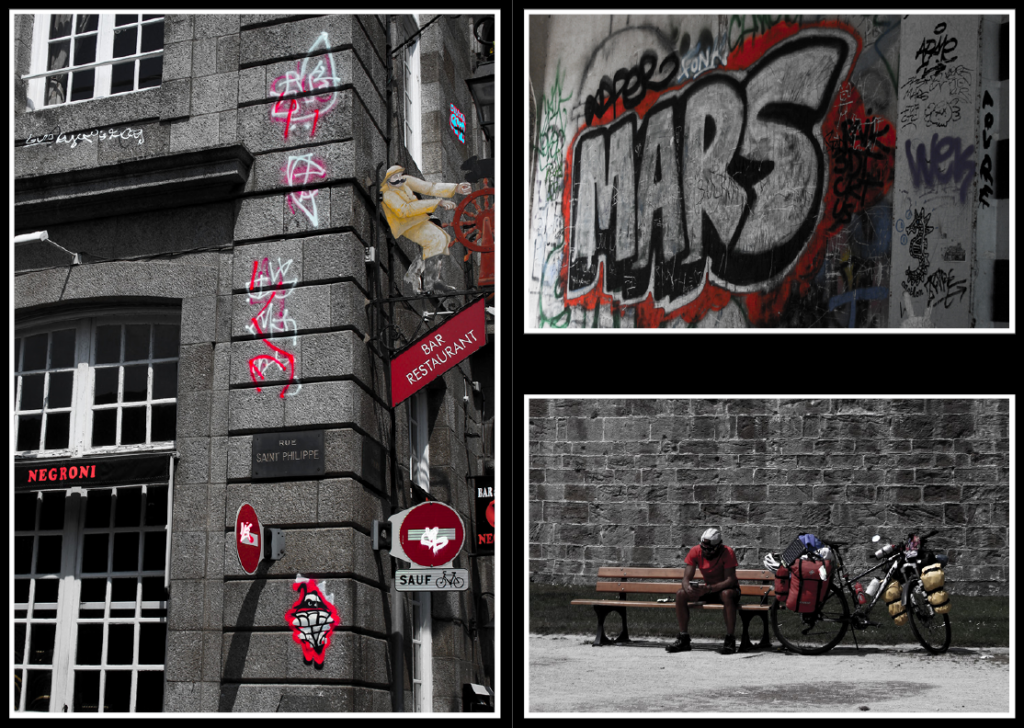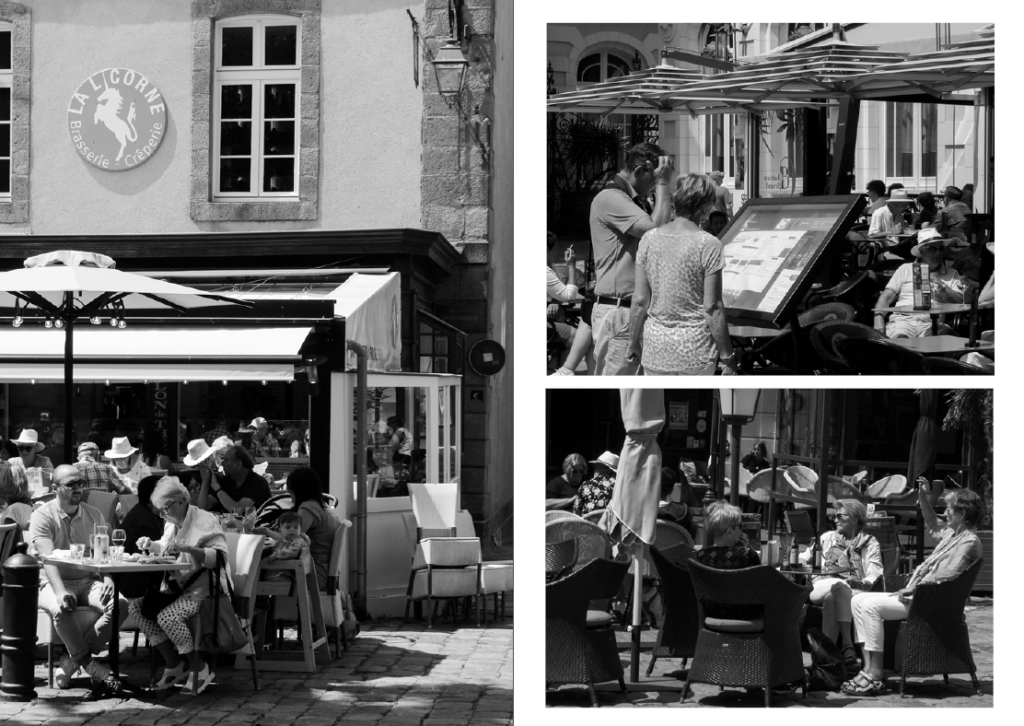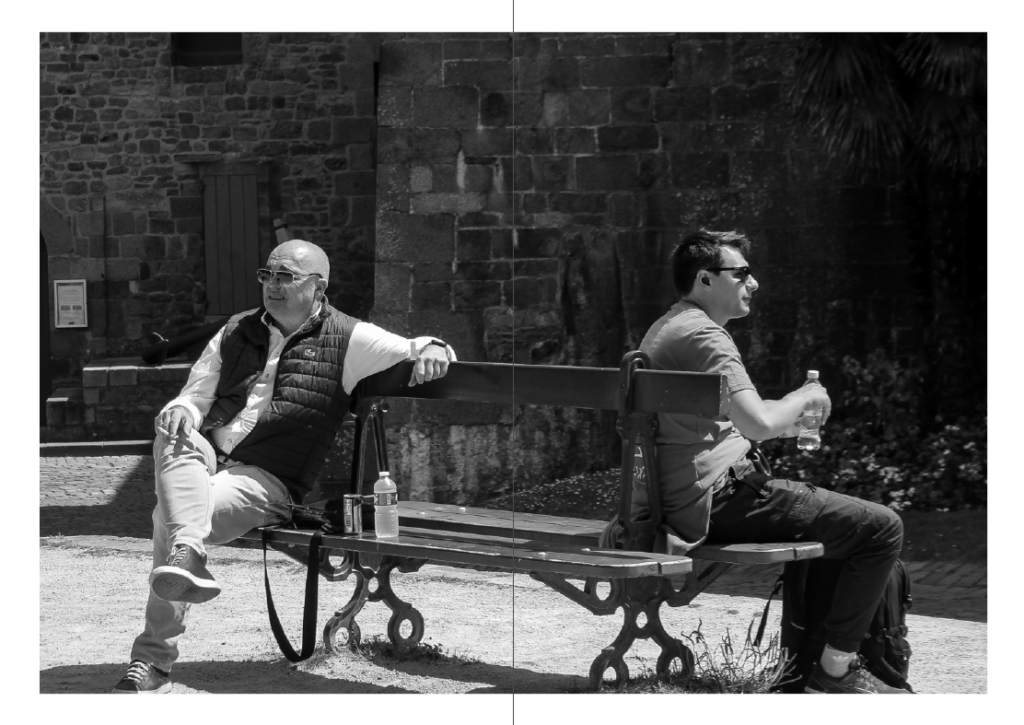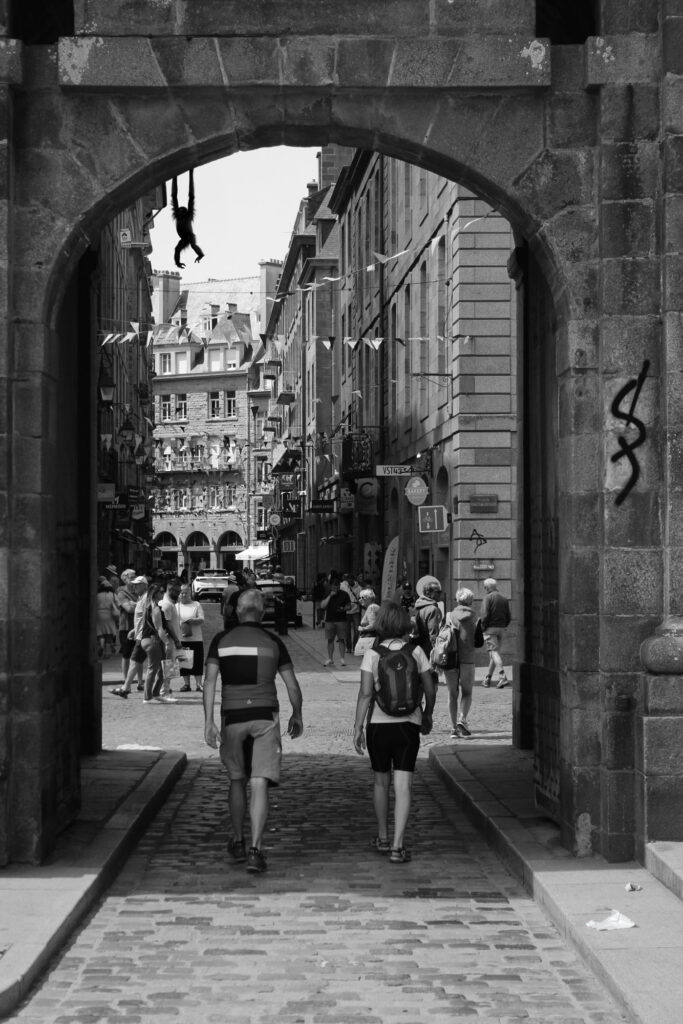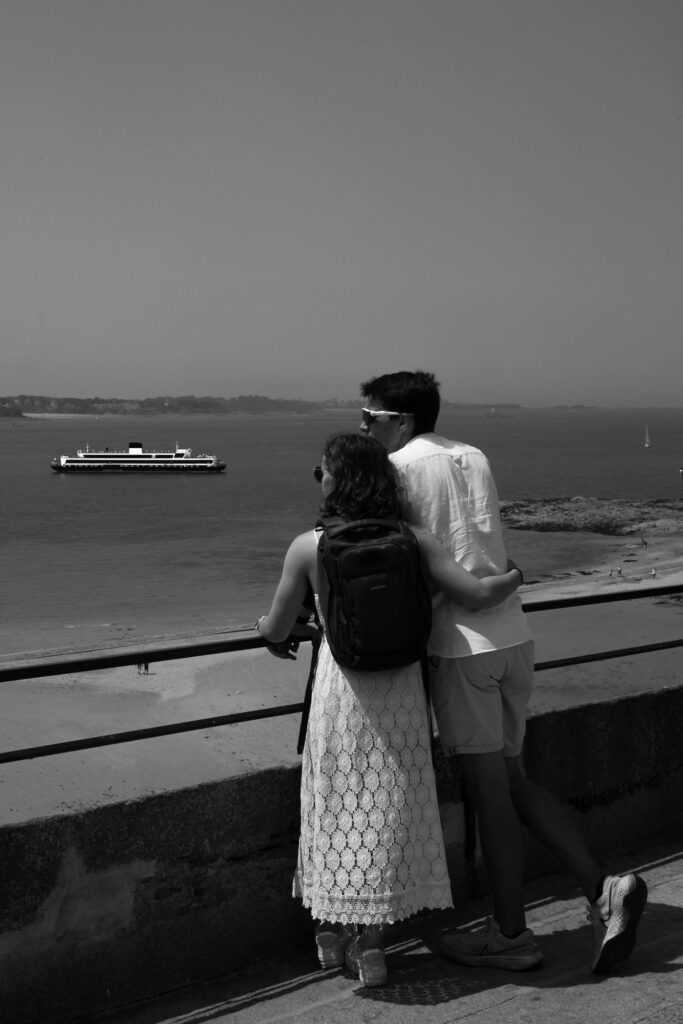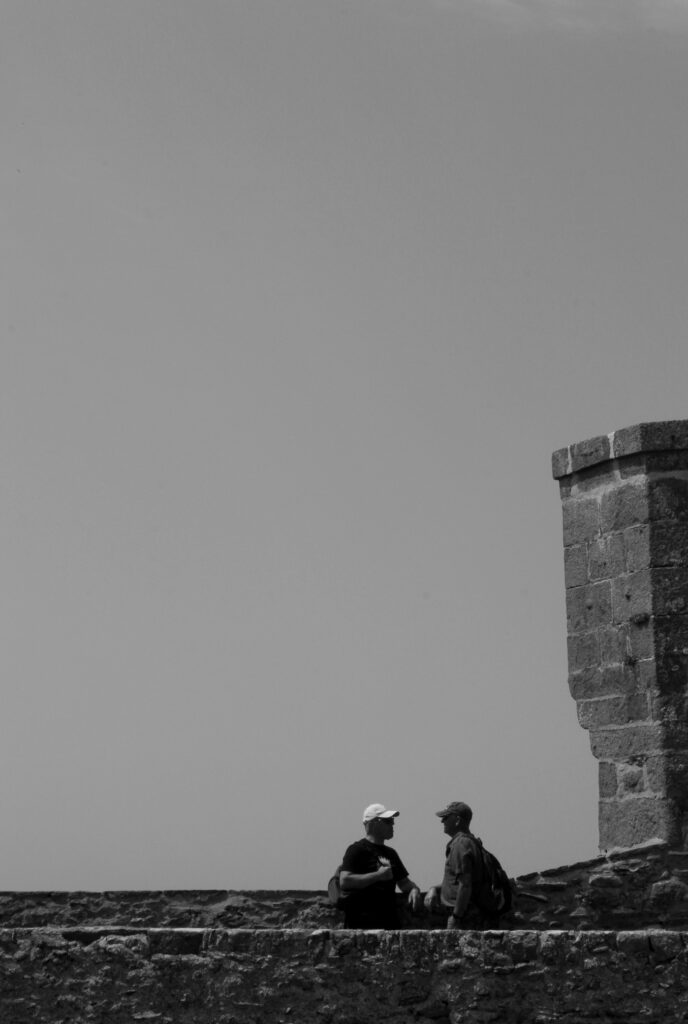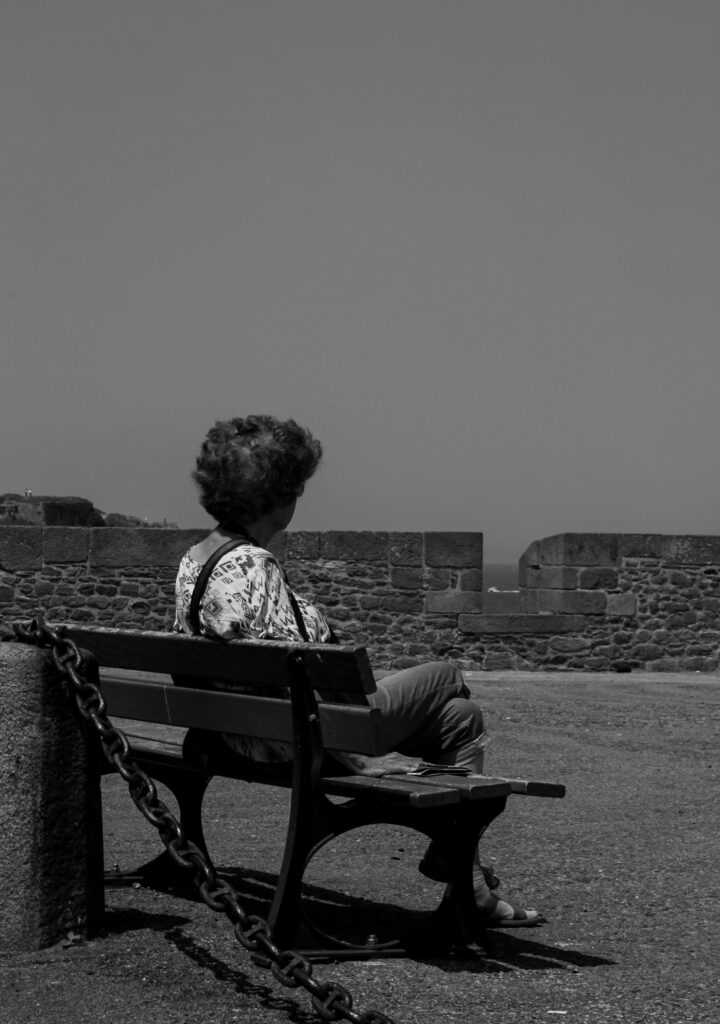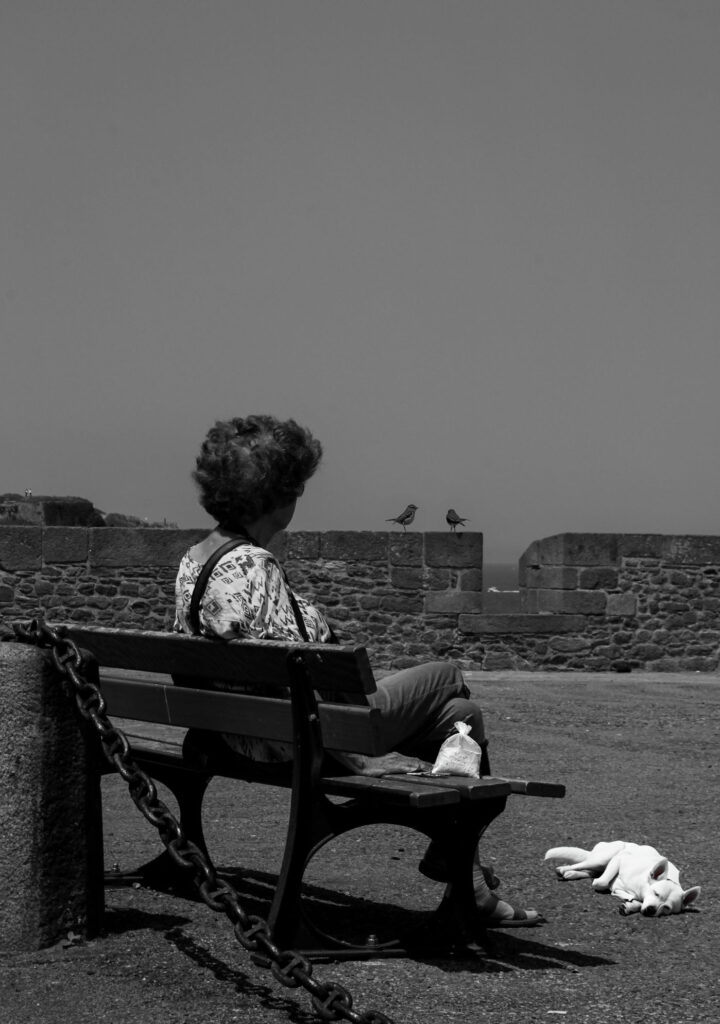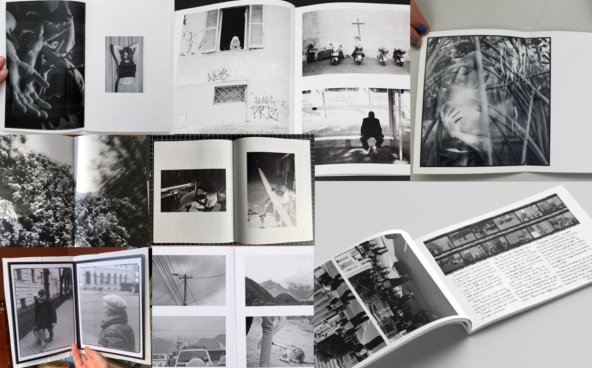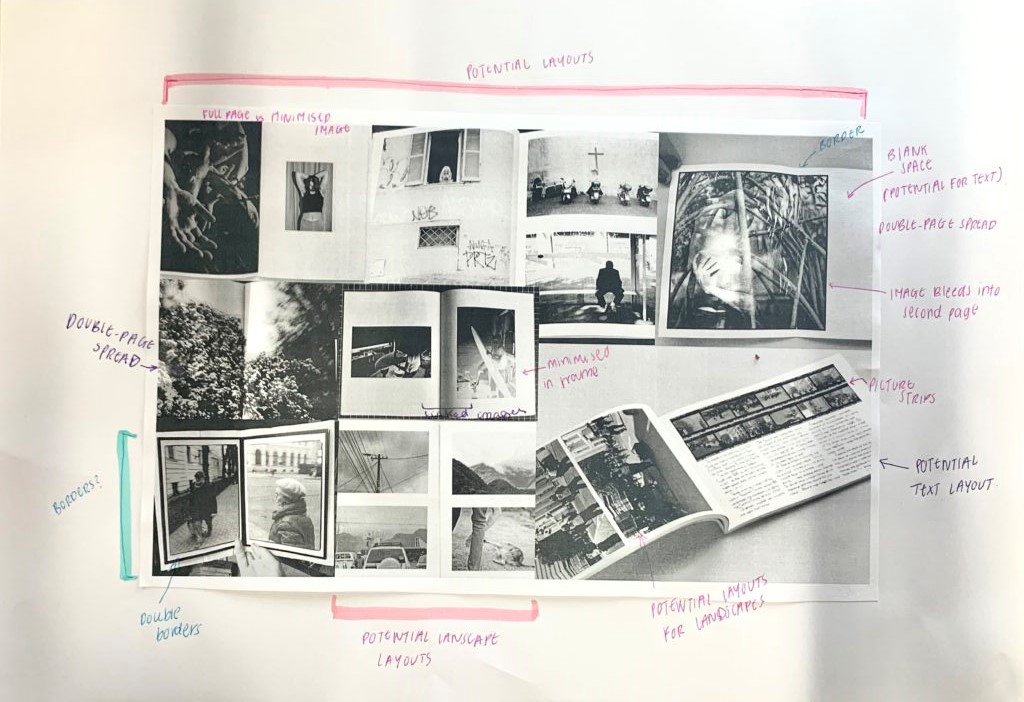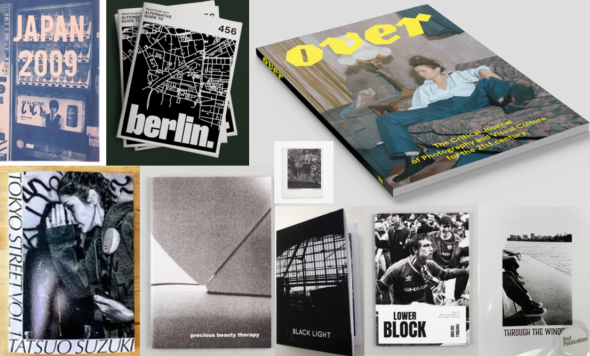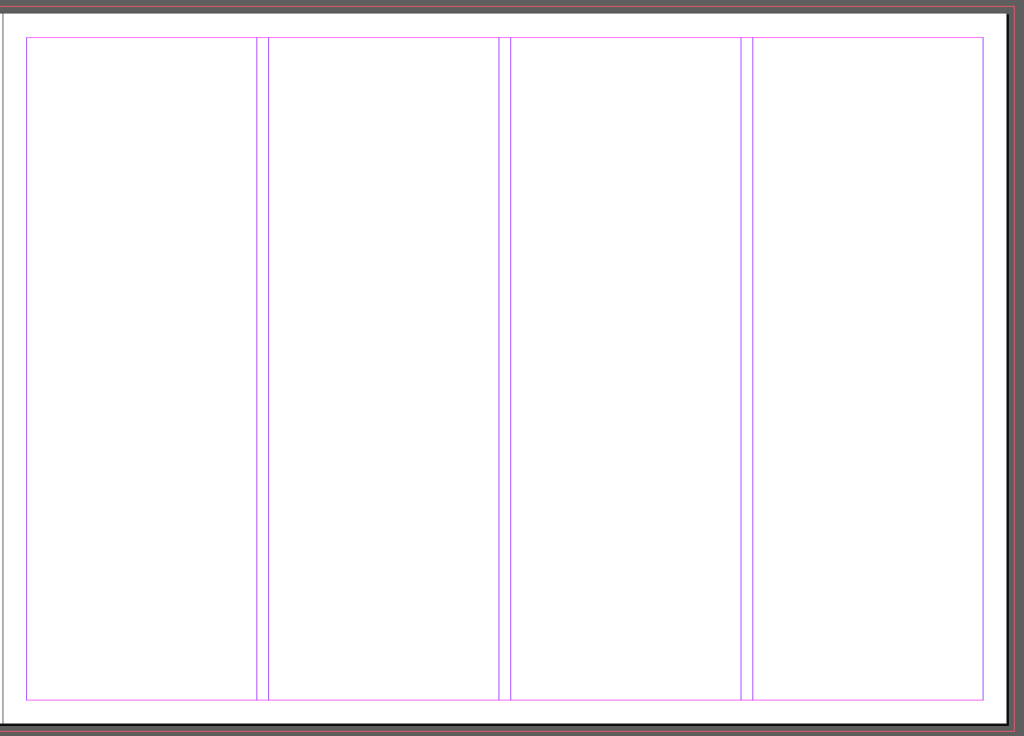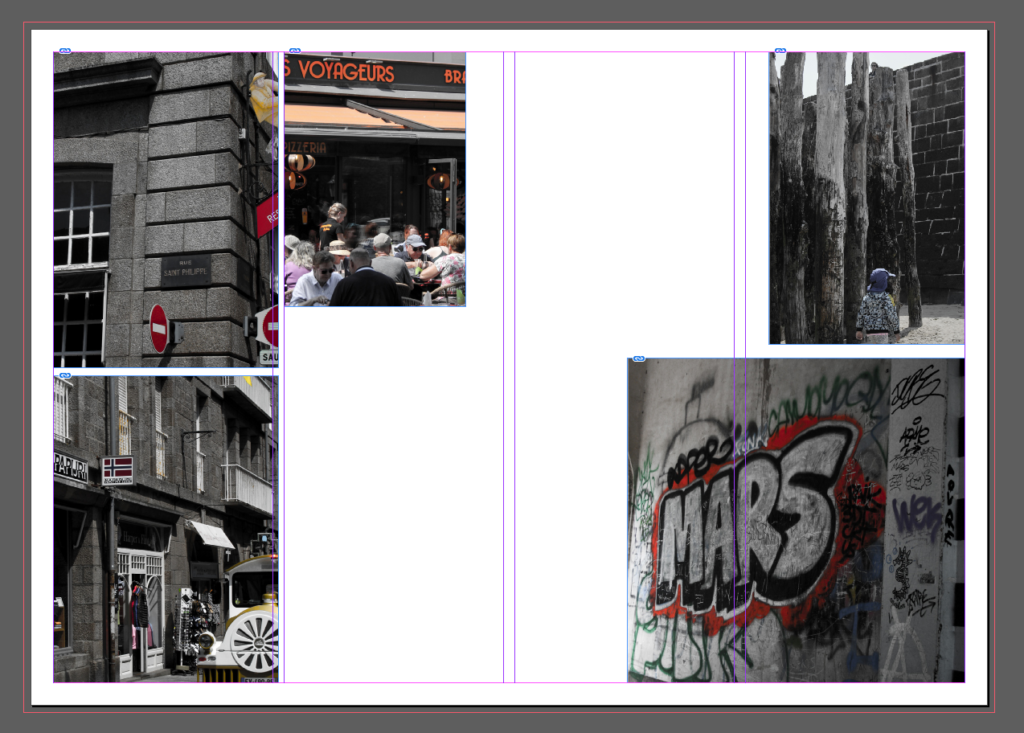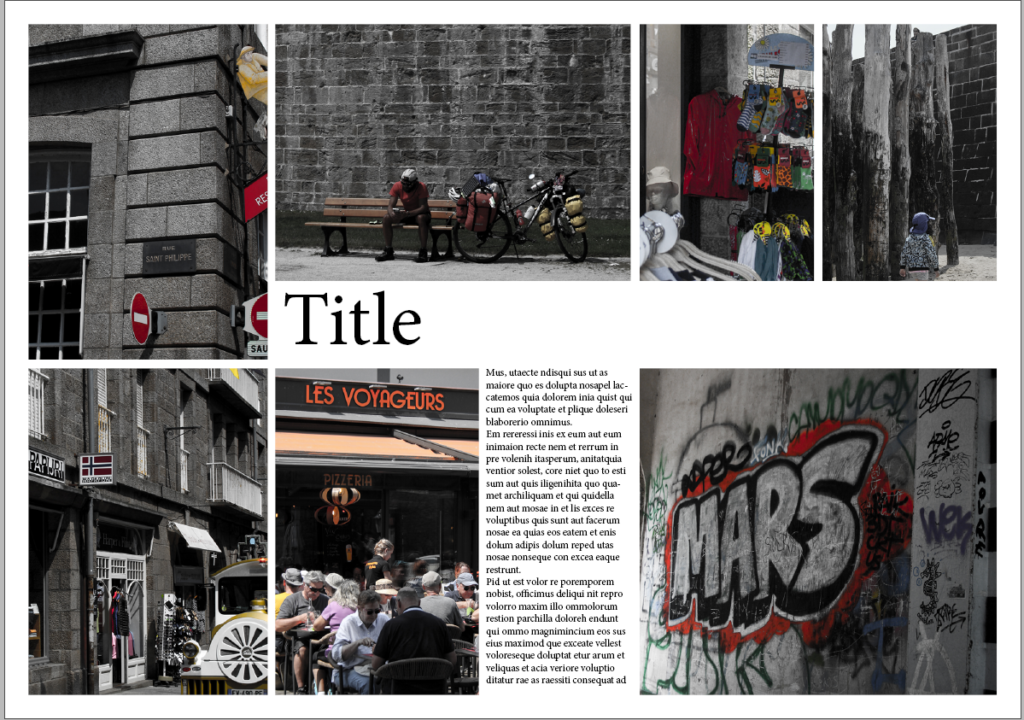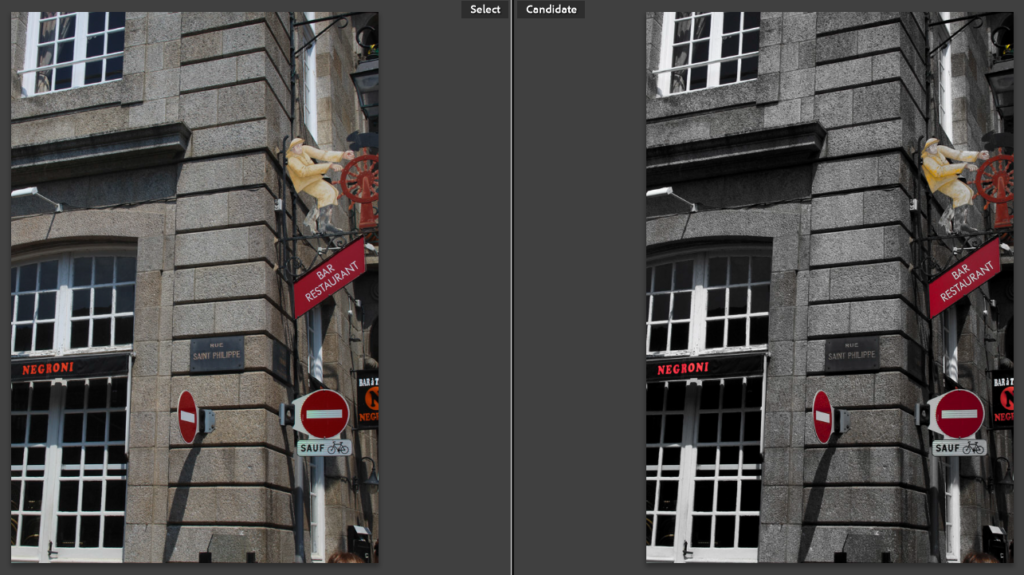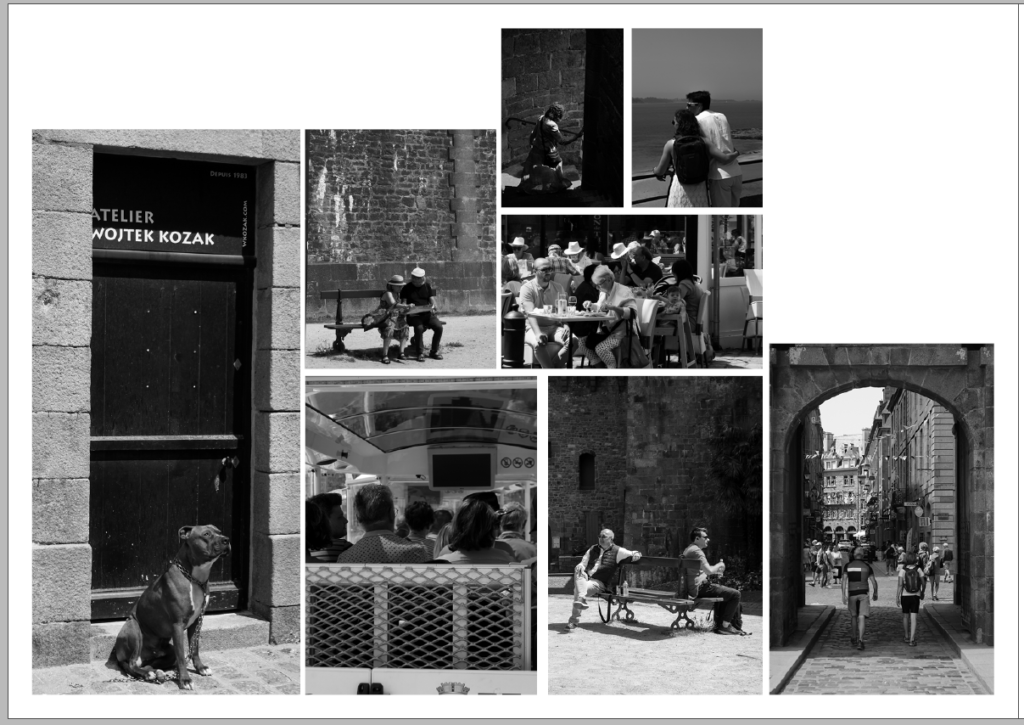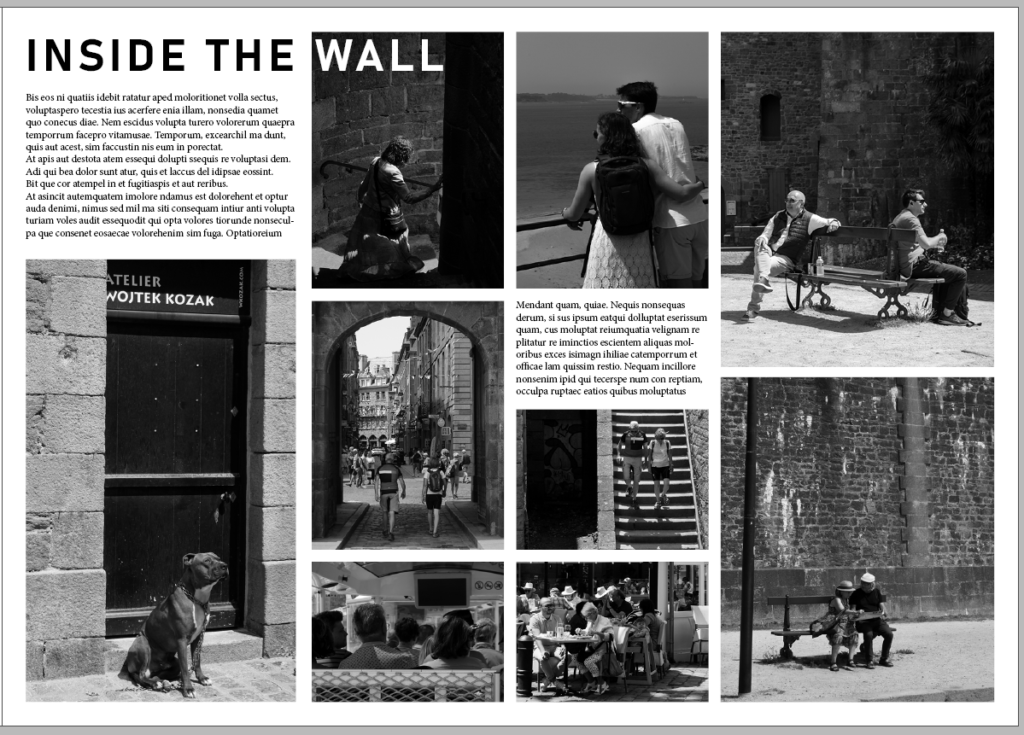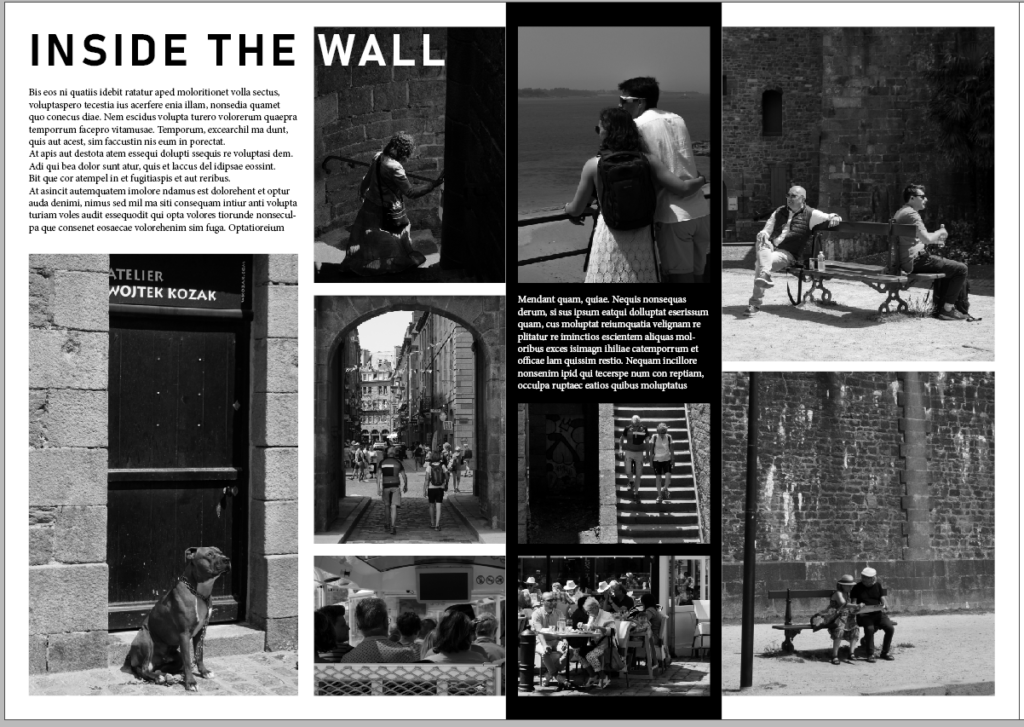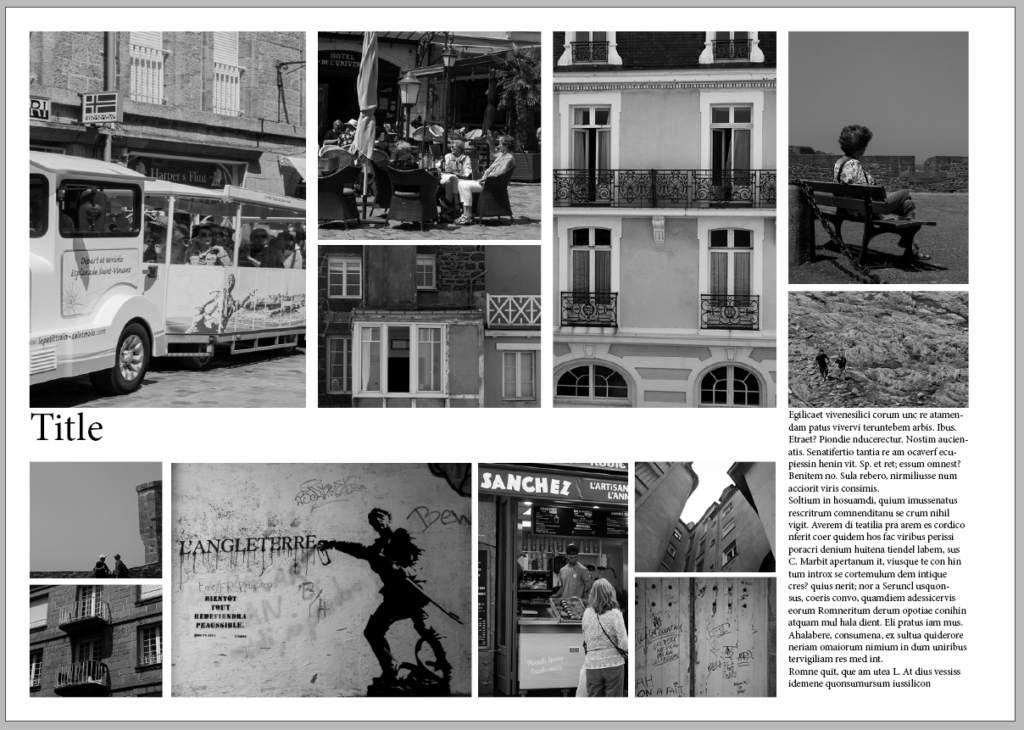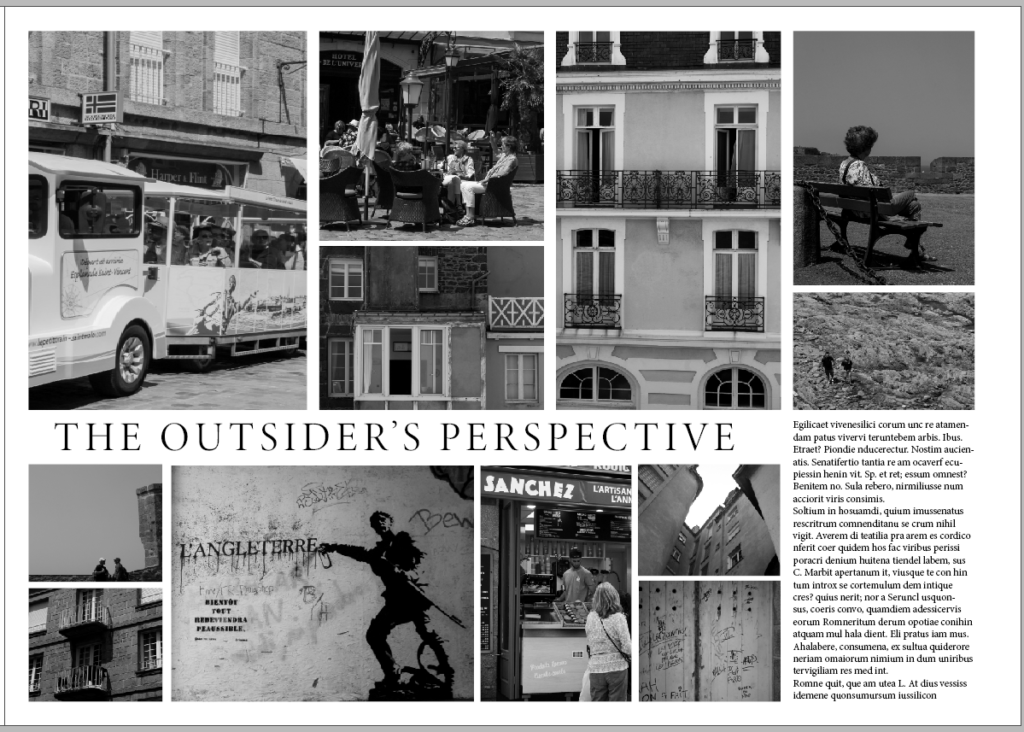The app used to edit our Elizabeth Castle film is Premiere Pro.

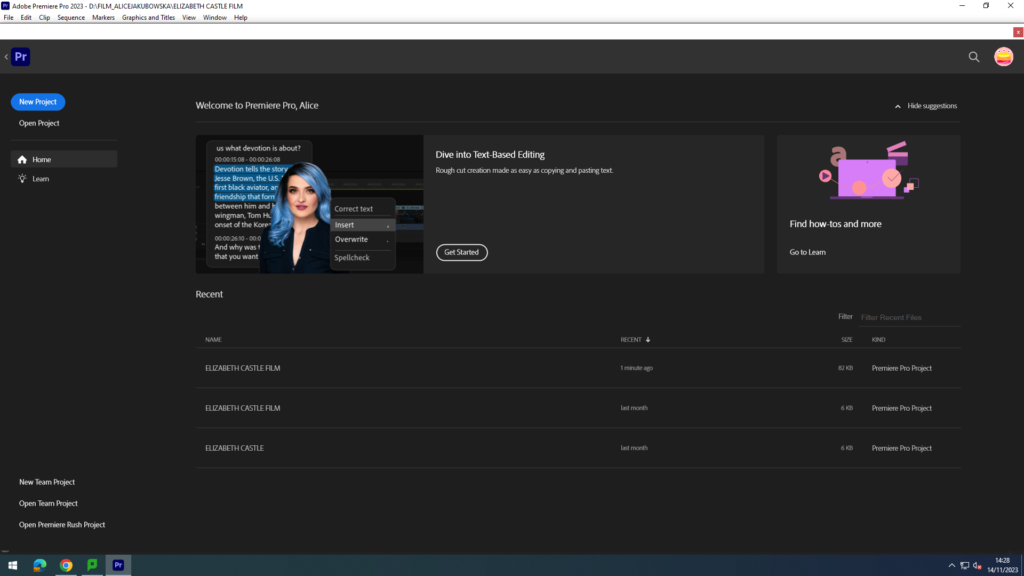
The process in making the film was particularly difficult, using this software for the first time which meant Alice had to familiarise myself with the tools. Alice being the creator of the film making in our group, she was tasked with adding creating the composition of the images/videos, the visual aesthetic, adding fading to the images, and making sure the audio was in the right place. Firstly she added our original image into a sequenced that we liked which also flowed better with a narrative, in order to add some history aspect to our film. According to Hesmondhalgh’s cultural industries theory producers use existing material so the audience can relate and minimise risk when releasing a product.
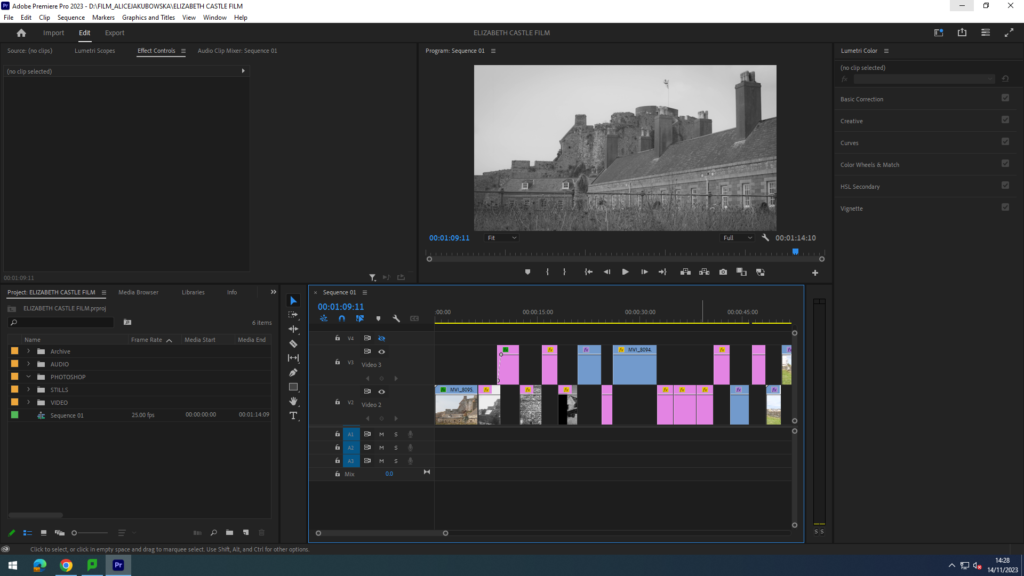
In this image you are able to see the sequencing of videos and images. To create a smooth film we tried to add similar images as to what you could see in the videos, sort of like a visual conclusion in what you saw in the short video. Furthermore, using the archive images Alice faded the original images into them to show the evolution and change you are able to see.
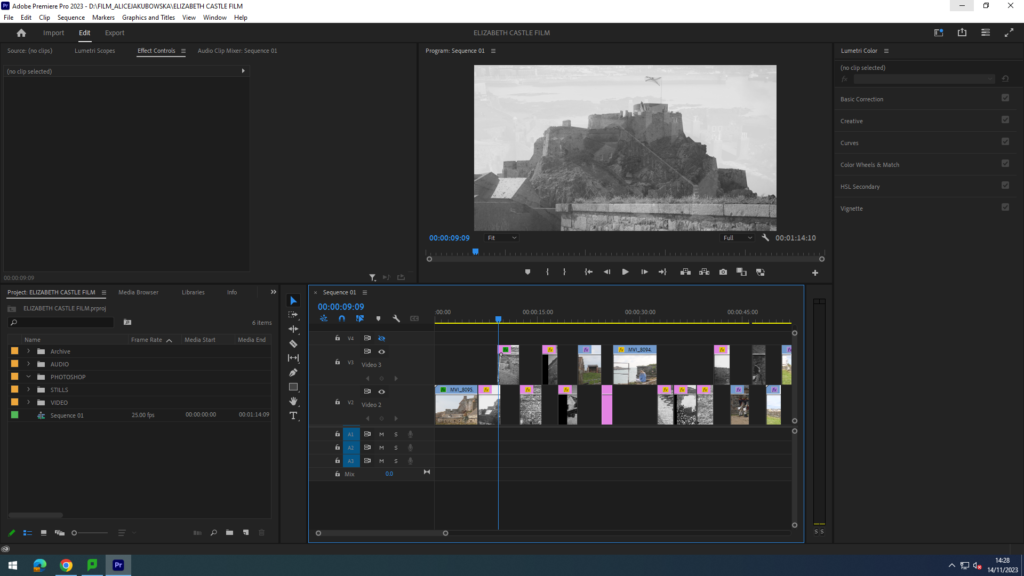
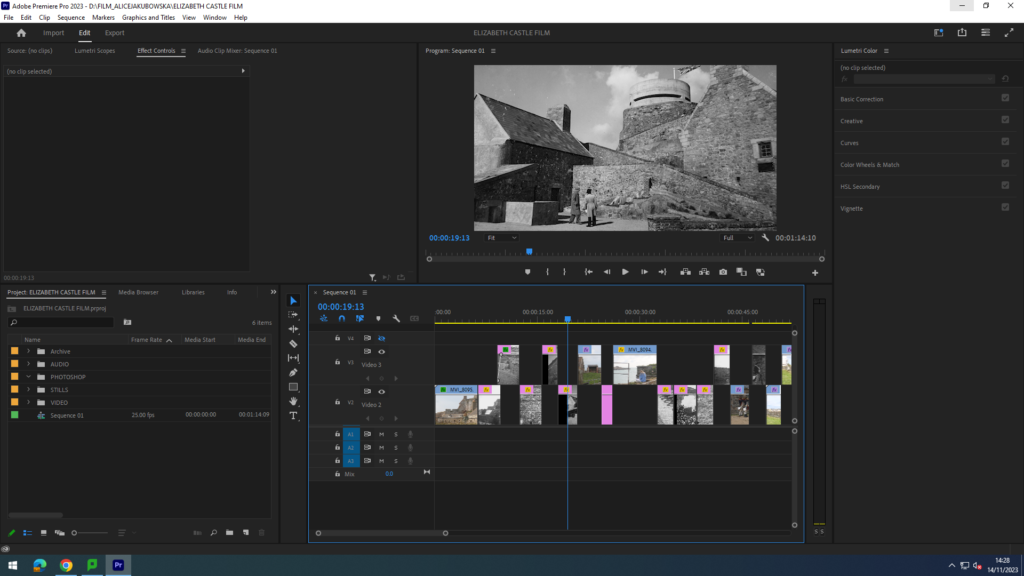
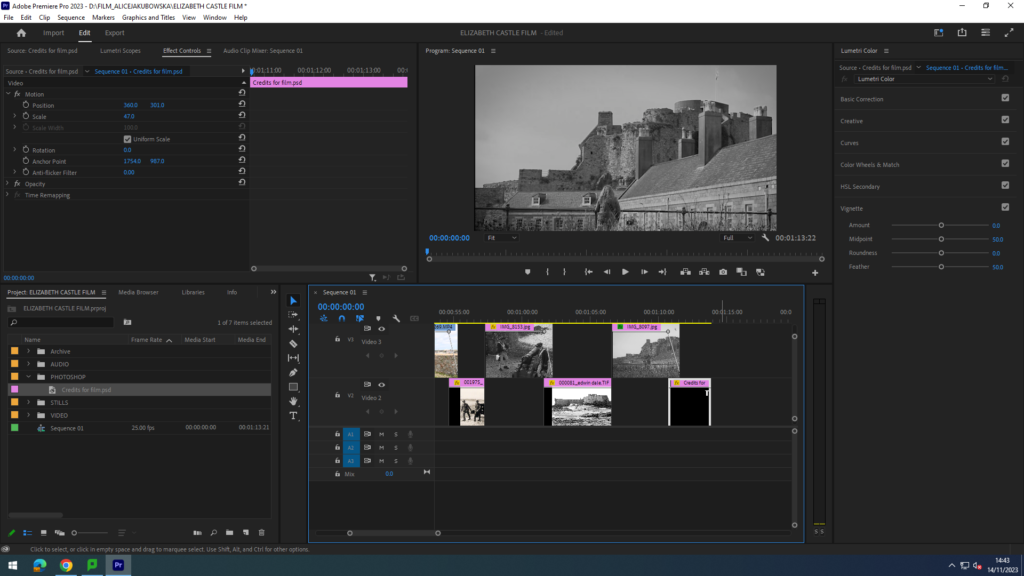
In this screenshot you are able to see a fade from one image to another. You can do this by slightly overlapping the two images and adding two key frames in the edge of each image. You are able to create different types of fades depending on how you position your images and the fade.
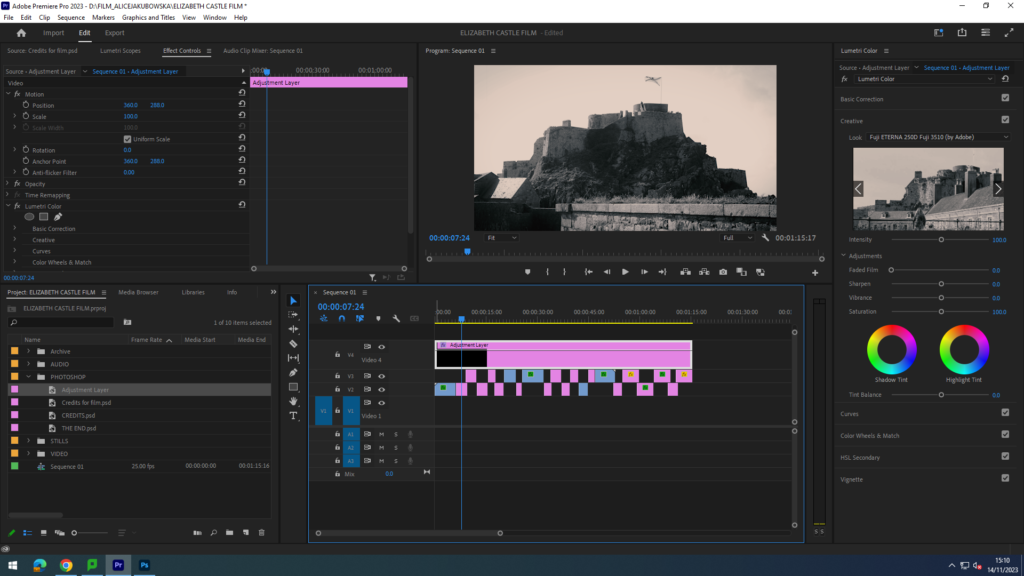
Here you are able to see the adjustment layer that is added on top of the sequence throughout the film. An adjustment layer, is an application of the same effect to a multitude of clips on your timeline. In the adjustment layer we added a black and white filter from the list of adobe filters, this was so the edited images and videos could have the same mood. However in order to make the archive images distinctive we added a different filter ‘Kodak Tobacco’ to create a more vintage old look. This filter had a gold/warm tone which seemed to look a bit like rustic paper used back in the day.






